Meet Melanie Campbell-Carter | Mixed-Media Artist, Botanical Artist, Family Physician
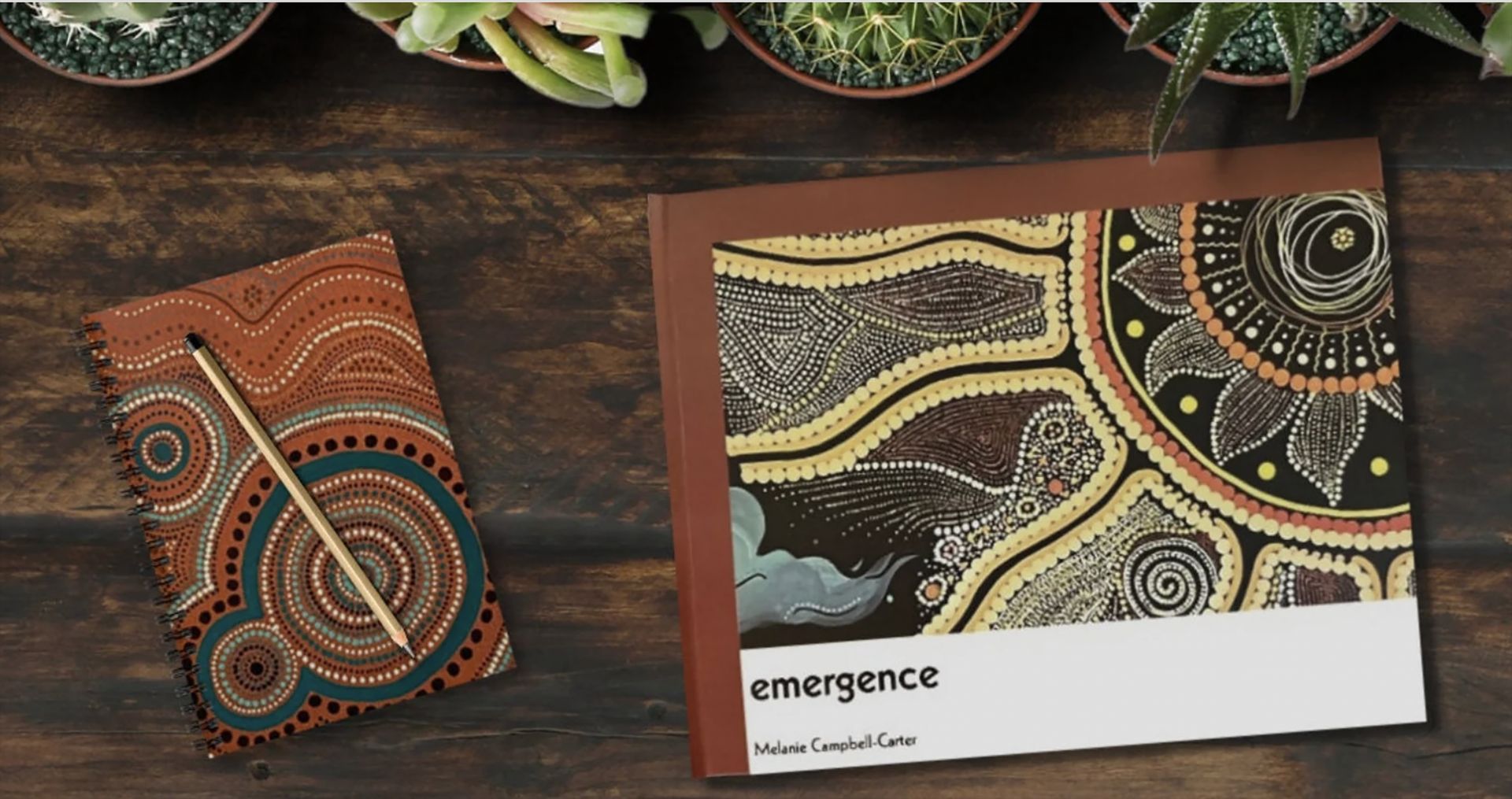

We had the good fortune of connecting with Melanie Campbell-Carter and we’ve shared our conversation below.
Hi Melanie, what role has risk played in your life or career?
Risk is the monster under the bed. If you believe in it to the point you’re afraid to get out from under the covers, life is going to be a snoozefest.
Our hearts know when we need to keep searching for our bliss, that purpose for which we were given this life. It’s that restless feeling when we lay awake at night wondering, “Is this all there is?” Everyone I know who is following their own personal dream, took big risks.
At age 55, I thought I signed up for a lecture and it turned out to be an art class. I was SO embarrassed. I had never made any art in my life. The folks in the class were a bit amused that I could make that kind of a mistake, but they were kind and generously offered to share their art supplies so I could stay. My whole life to that point had been built on a foundation of competence – I was a retired physician, after all! Staying in that class with twenty (very competent) strangers and being the poster child for incompetence felt so emotionally risky, I nearly went straight home in tears. Something told me to take the risk, and stay.
That was the day I literally discovered that I could draw, and that I loved drawing. I’m still amazed that when I faced down my fear of being seen as incompetent, I found my deepest joy.
Fear can paralyze us, or it can motivate us. My experience has taught me that the only way past the fear is to go straight through it to the other side. And it’s led me to my greatest joys. Today I interpret emotional risk as an open invitation to grow, to learn, and to live.
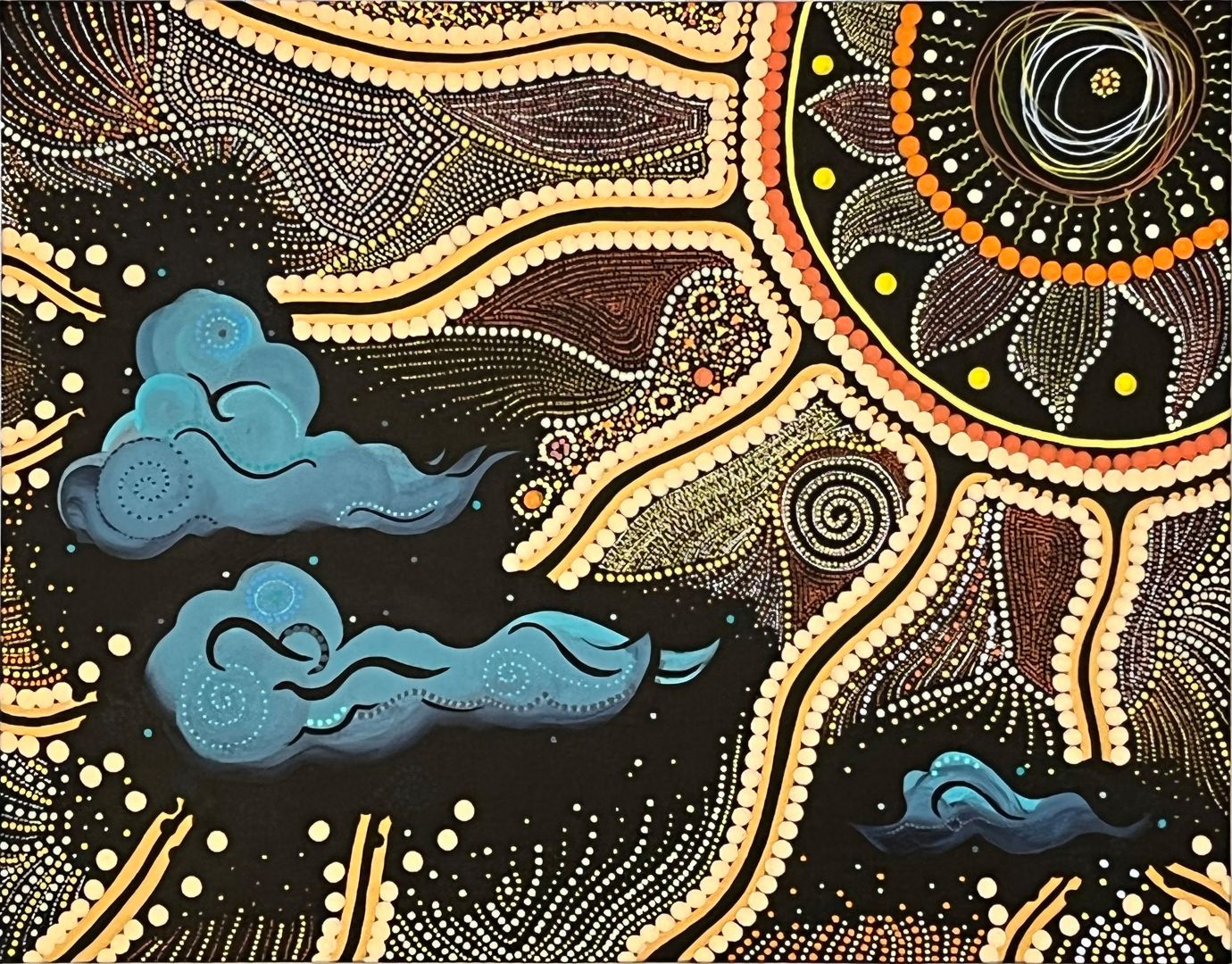
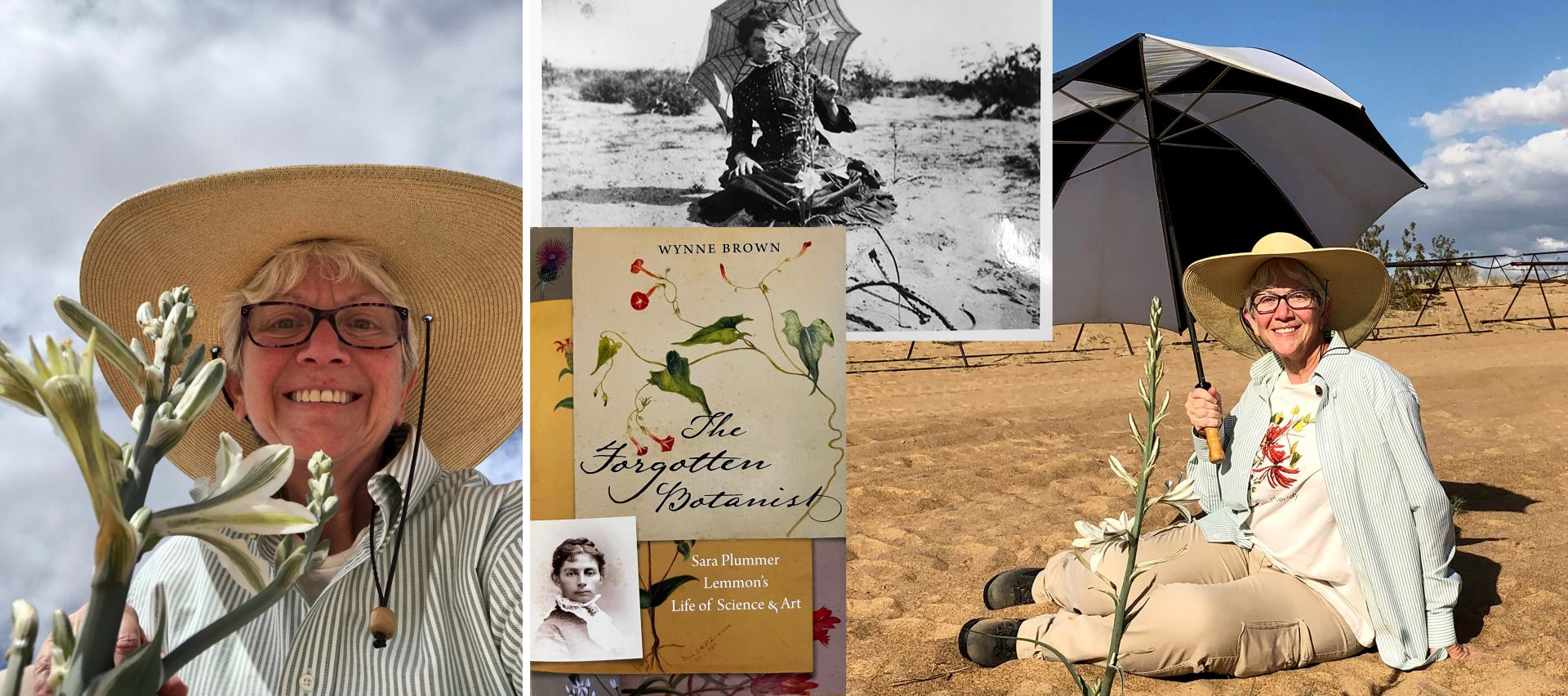
Let’s talk shop? Tell us more about your career, what can you share with our community?
Botanical illustration is highly representational, and the artist’s creativity peeks through the work in composition, technique, and selection of the subject. Those are rather subtle ways of being creative, and enormously challenging for a baby artist. Still, the learning opportunities were tremendous. Creating the most beautiful possible depiction of a plant was often frustrating, and always enjoyable.
Most shocking was learning that art was apparently my “hidden” talent. I received great feedback from my instructors, I was juried into international botanical art shows, and my work was purchased by major botanical gardens for their permanent collections. One of my paintings was licensed for a book cover!
After three years of study in Southern California, I relocated to Tucson and the Sonoran Desert. I was freshly trained to paint what grew in front of me, but I’d never seen such plants. It truly seemed like another planet. I painted and studied desert plants for the next three years. I traveled to Ghost Ranch to see the landscapes painted by Georgia O’Keeffe, whose botanical paintings intrigued me for reasons I could not verbalize.
Then came One Global Event, followed by One Hundred Paintings.
As a single person, I was alone in my home for the duration. My companions were my beloved Miss Ellie (a rescue poodle mix), a laptop computer, and a studio full of art supplies.
Oh, and did I mention the fifty-ton elephant in the room – Pandemic Anxiety?
Botanical work, with its detail and color matching and precision drawing was shoved out of the room by the elephant. So here I was, an artist who felt unable to do her art – because it demanded a mindset I couldn’t achieve. What to do? Museums … classes … exhibitions … travel … None of the conventional routes to inspiration were accessible.
If art is also an expression of an artist’s internal world, perhaps I could try that. Following that impulse, eighteen months later I had a hundred paintings stacked up all over my house and a bit of a storage problem!
The artwork depicts the changing seasons of the Sonoran Desert, and in turn reflects changes in my emotional landscape. It is influenced by my love of this place, which I grew to understand feels profoundly like home to me. It is influenced by women who took the risk to make abstract art in an art world that was friendly neither to abstract art nor to women. It is a visual journal of my experience, and compiling the images in a hard-cover book has been my bridge from solitude back to society.
For those reasons, I’ve named the book Emergence. This is how I choose to rejoin our changed world, as an artist who has built on her past and is celebrating her growth. In honor of my home, this Sonoran Desert, I’m sharing art inspired by Emergence in an online shop, PlanetAZ, on Etsy. This venture is another scary risk, since my education prepared me to save lives, not make art. What a mindblower, discovering that making art feels like saving my own life. I share PlanetAZ with all of you in the hope of connecting our hearts and our spirits.
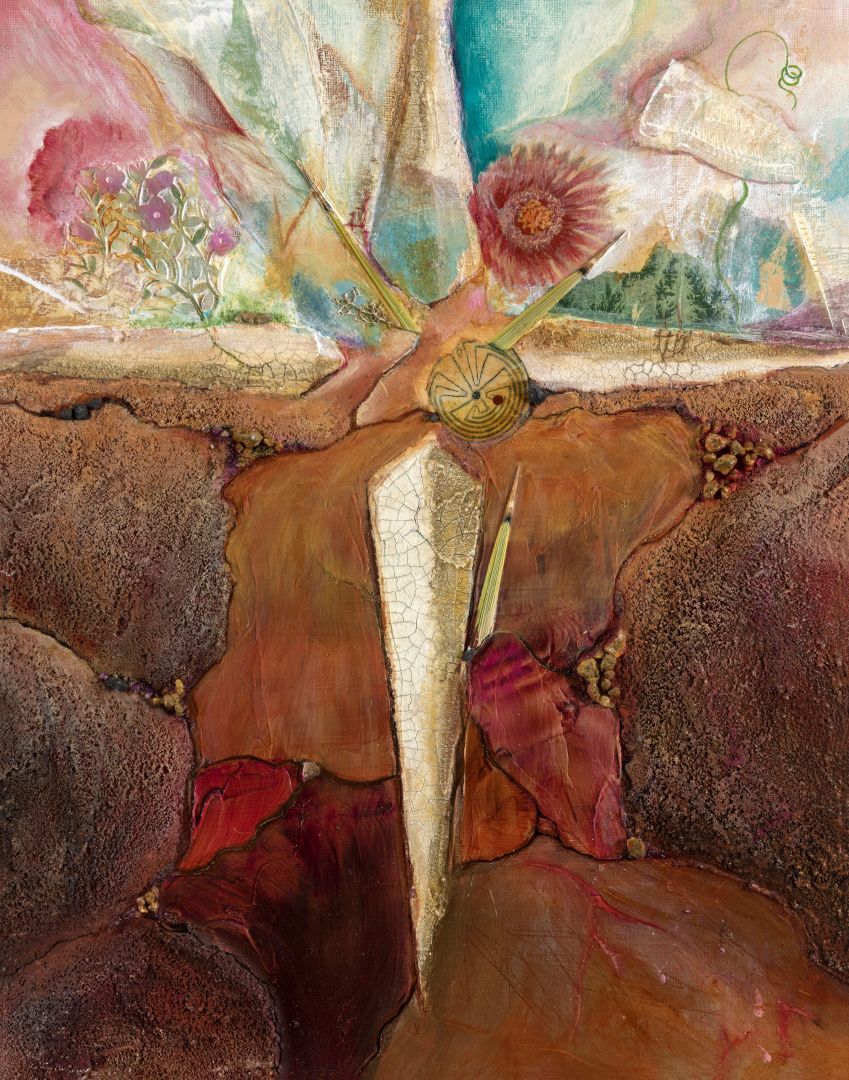
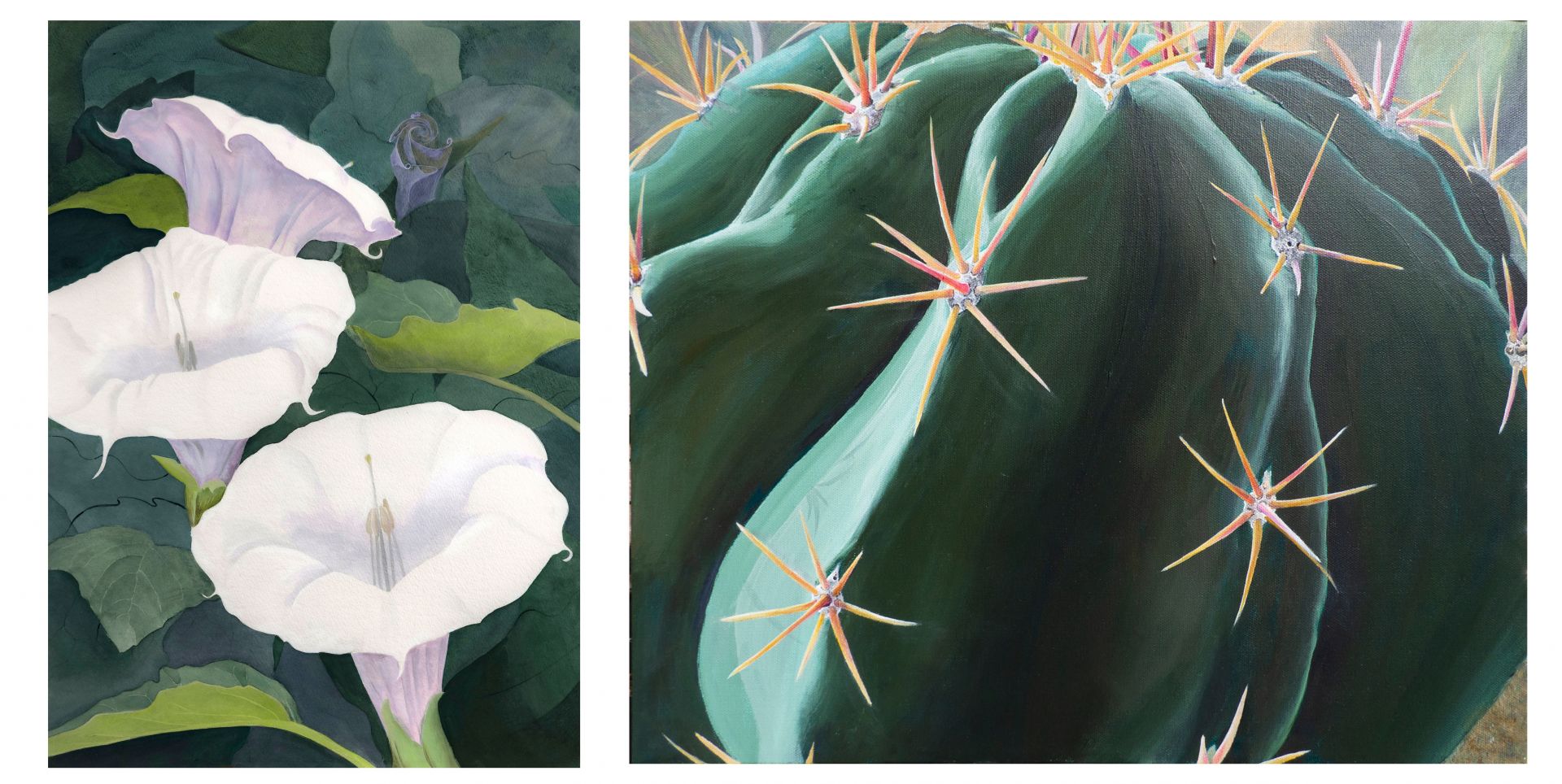
Let’s say your best friend was visiting the area and you wanted to show them the best time ever. Where would you take them? Give us a little itinerary – say it was a week long trip, where would you eat, drink, visit, hang out, etc.
Arizona Sonora Desert Museum, for a comprehensive desert experience.
Tucson Museum of Art, for hot afternoons when you’d rather be indoors. It’s an uplifting art experience and the café is top notch.
Natural History Institute in Prescott, AZ, where there is always an interesting program, field trip, or exhibition. I follow their YouTube channel for Bob Ellis’s quick desert jaunts.
Mount Lemmon using the U of A app – The drive up to Mount Lemmon is even more fun with the narration from the app. Experiencing the change in climate zones from desert to pine forest in one hour is definitely something to experience.
Tucson Cactus and Succulent Society is an amazing group of locals who are making a huge positive difference. Membership dues are the best bargain in town, their monthly meetings have outstanding presentations (which are also recorded for YouTube), and their cactus rescue program has been covered by international media.
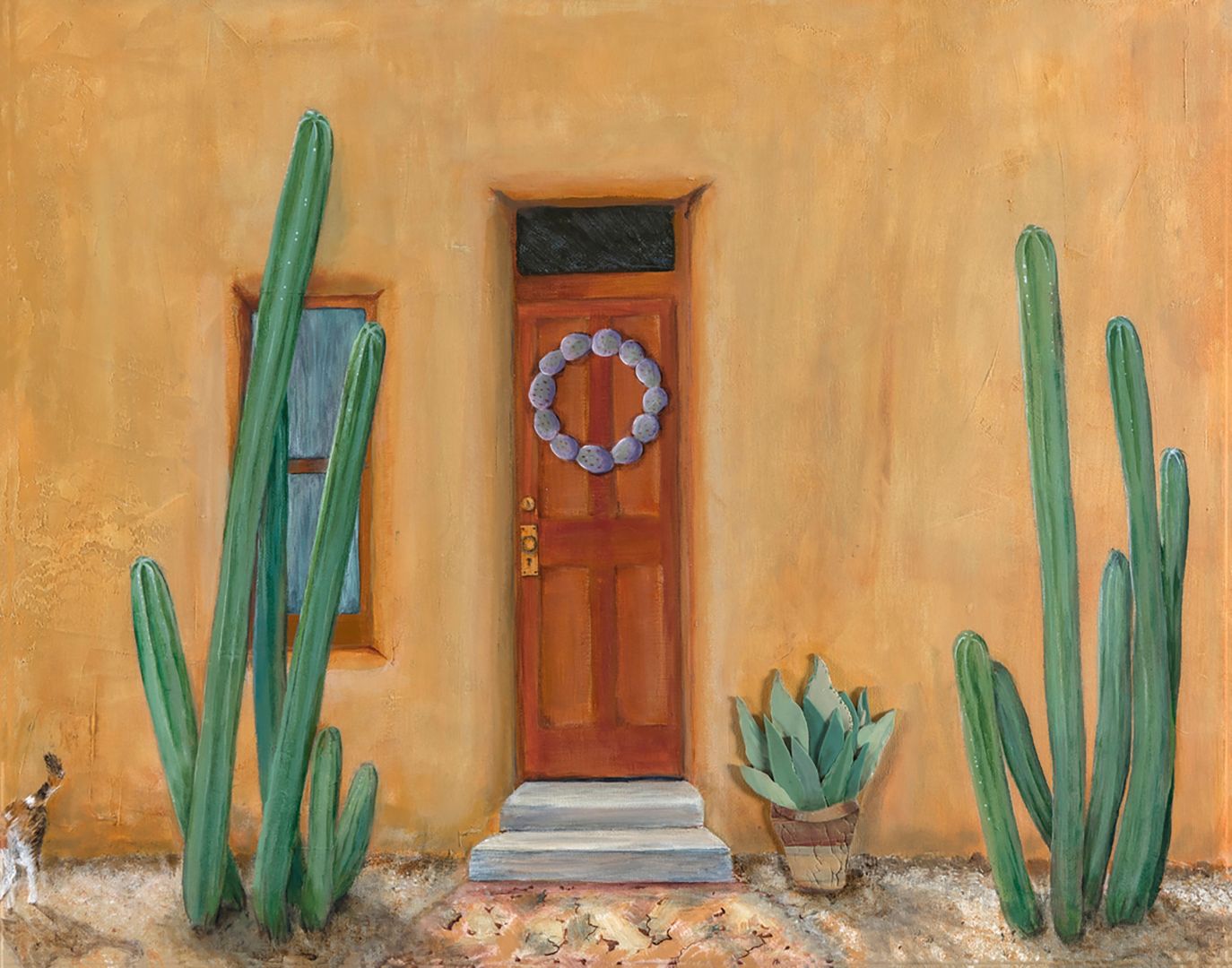
The Shoutout series is all about recognizing that our success and where we are in life is at least somewhat thanks to the efforts, support, mentorship, love and encouragement of others. So is there someone that you want to dedicate your shoutout to?
Many adopted children wonder about their biological heritage, and I was no exception. I was adopted as an infant by a couple who weren’t particularly interested in art — it just wasn’t part of our family conversation. Searches for birth parents became much easier with the growth of the Internet, and words can’t describe the amazement I felt upon finding my birth father’s only sister. Aunt Regi Carter is a lifelong artist, with many awards and accolades to her credit. Her gift to me of a painting made by my birth father touched my heart very deeply – because he had died in 1974, and that painting was a treasured keepsake of her only brother. My first order of gratitude is to a family who has painting in their blood, and has welcomed me as a latecomer with open arms.
Master artist and tenured art professor Gerard Huber gets credit for lighting the fire under me. After seeing one of my early sketches in 2014, he urged me to find someone to teach me what I wanted to learn. Brilliant advice, Gerard! I earnestly searched until I found someone to teach me the kind of art I wanted to learn. It made all the difference.
Neurofeedback practitioner TP-B and psychologist RD gave me the emotional tools to face risk and make difficult decisions. Their therapeutic approach that reconnects the two sides of the brain literally gave my life back to me.
The Botanical Artists Guild of Southern California, currently led by my friend and mentor Tania Norris, has been my foundation for study and growth as a botanical artist. I moved to Los Angeles in 2014 knowing nobody except one teacher and one student of botanical art – and now I have an entire family of generous, supportive colleagues.
The high cost of living in California sent me seeking a geographic compromise between my home state of Texas and the best art resources I knew, in Los Angeles. I didn’t know a soul in Tucson, but the little adobe house with the view of the Catalinas mysteriously felt right. Upon discovering that the Catalinas’ summit, Mount Lemmon, was the only mountain in the world named for a female botanical artist, I knew the universe had planted me in exactly the right place. Sara Plummer Lemmon, who left home in 1869 for parts unknown and made a remarkable life in the West, is an American heroine. Her talented biographer, Tucson author Wynne Brown, writes all about Sara’s amazing life of art and science in The Forgotten Botanist, published by Bison Books in 2021.

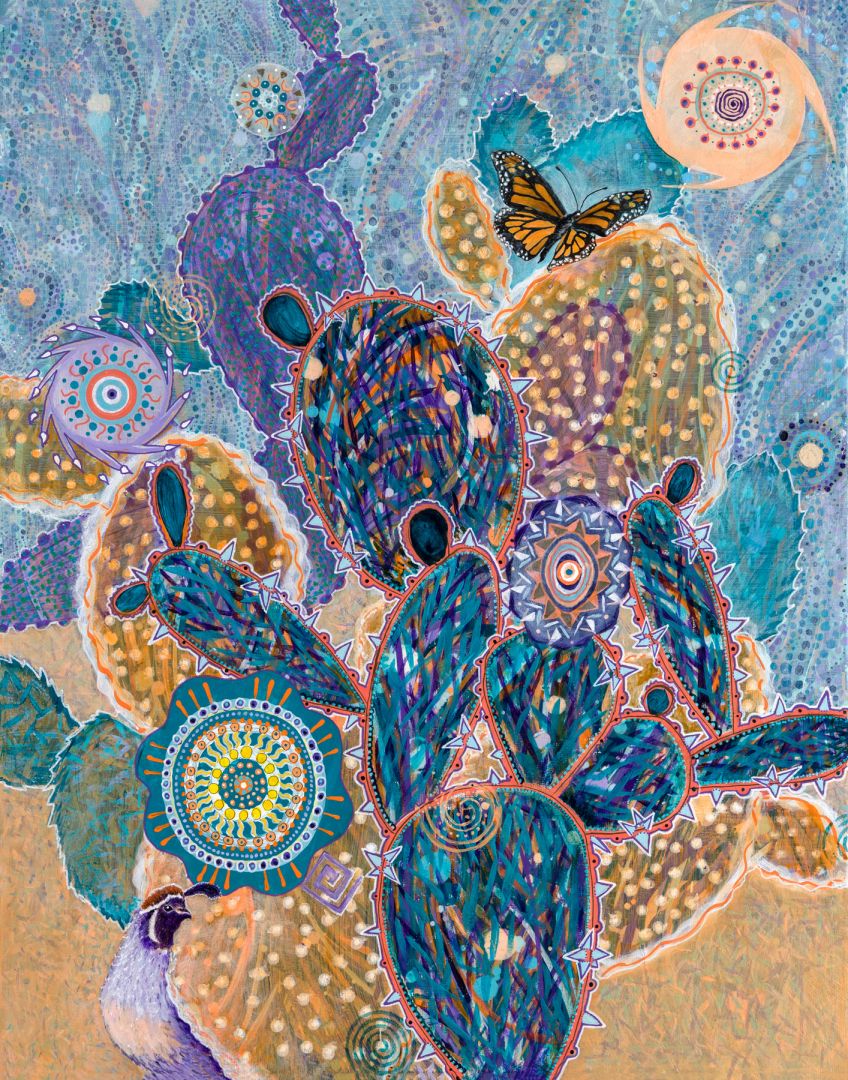
Website: mccfineart.com
Instagram: http://instagram.com/melaniecampbellcarter
Facebook: http://facebook.com/ArtByMCC/
Other: https://www.etsy.com/shop/PlanetAZ
Image Credits
paintings: Prull Photography desktop with Book: Desiree de la Mater Sara Lemmon: Wynne Brown, with permission of University of California and Jepson Herbariums
